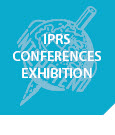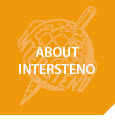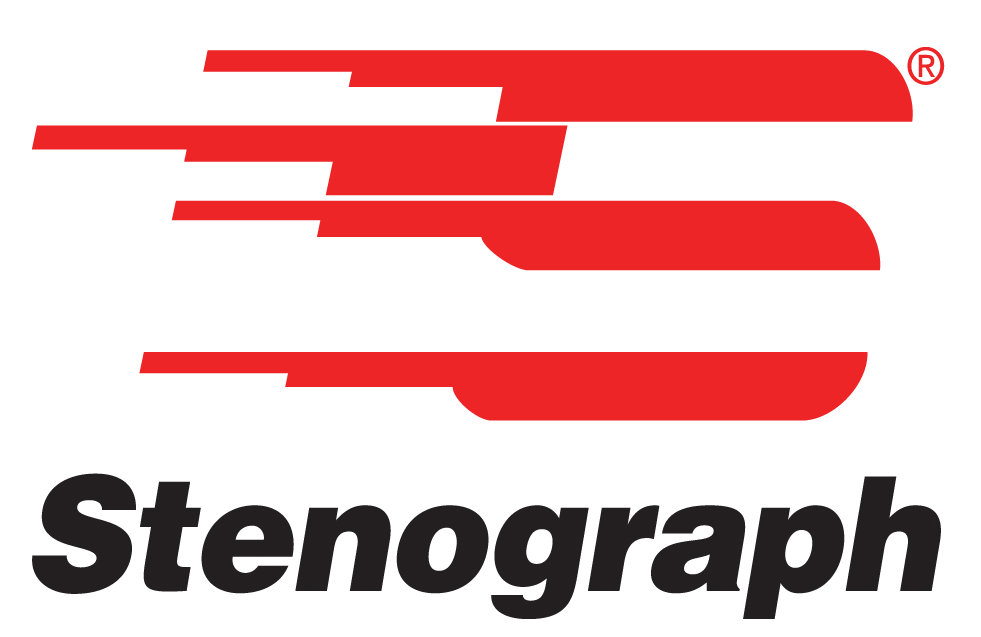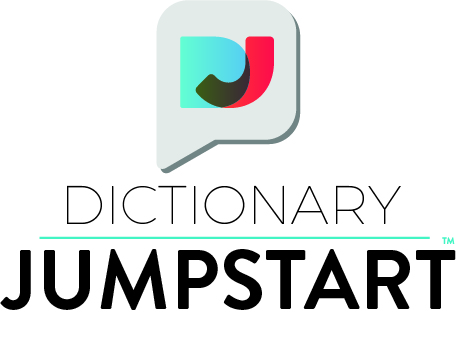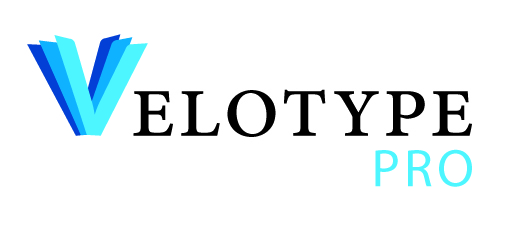Translating Domain Jargon for AI: Glossaries and Synonyms
When you work with AI in specialized fields, you know just how quickly jargon can trip up communication. It’s not just about knowing the terms—it’s about making sure the AI understands them the same way you do. That’s where glossaries and synonym sets step in, providing structure to what could otherwise be chaos. But what does it take to actually build and maintain these tools so they’re reliable?
The Role of Glossaries in AI Understanding
Glossaries play a crucial role in the function of AI translation systems by facilitating consistent and accurate communication, particularly in specialized fields. The integration of glossaries aids AI models in identifying and utilizing standardized terminology across various domains, such as legal and medical sectors. This approach enhances the accuracy of translations and minimizes potential misunderstandings while ensuring that outputs are contextually relevant.
Bilingual glossaries are particularly beneficial when it comes to preserving precision in both the source and target languages. They enable the capture of subtle differences in meaning, synonyms, and specific jargon that mightn't directly translate across languages.
Moreover, it's important for these glossaries to be regularly updated with emerging specialized terms, as industries and language evolve over time. This maintenance is vital for ensuring that AI solutions remain effective and relevant in fast-changing terminology landscapes.
Building Effective Synonym Sets for Domain Adaptation
Synonym sets are integral for enhancing AI's understanding and functionality in specialized domains, especially in the context of domain adaptation. By compiling a list that links industry-specific synonyms to core concepts, organizations can improve the precision of AI-generated translations.
This relevance is particularly important in specialized fields where terminology can evolve, potentially leading to inconsistencies and misunderstandings.
Collaboration with domain experts is essential in this process to ensure that synonym sets are regularly updated to reflect current terminology. Furthermore, employing data augmentation techniques can expose AI models to a diverse array of expressions, thus improving their robustness and adaptability.
Continuous evaluation of synonym sets is necessary, utilizing both human oversight and automated performance metrics. This iterative evaluation helps identify gaps, ensuring that the system remains adept at handling domain-specific jargon effectively in translation tasks.
Adopting these practices can significantly enhance the reliability of AI in specialized translation scenarios.
Techniques for Translating Specialized Terminology
Mastering specialized terminology necessitates a systematic approach that combines various resources and collaboration to achieve accuracy and consistency in translations.
One effective method is to develop comprehensive glossaries tailored to specific fields, which provide contextually relevant definitions to ensure clarity in translations. Utilizing synonym dictionaries can further enhance language choices, allowing for nuanced terminology that fits appropriately within the text.
Additionally, consulting technical manuals and industry publications can elucidate the meanings of jargon in practical contexts, thus improving understanding and application in translations.
Collaborating with subject matter experts is also crucial, as their insights can validate terminology choices and confirm their accuracy.
Lastly, integrating glossaries into translation tools can ensure that specialized terminology remains consistent and precise throughout a project, thereby streamlining the translation process and enhancing overall quality.
Challenges in Mapping Jargon Across Sectors
When translating specialized terminology across different sectors, several notable challenges arise. One primary difficulty is the need for precise translation, as domain-specific jargon can vary significantly and often includes nuanced meanings that may not be immediately apparent.
Using outdated glossaries can compromise both consistency and accuracy, making it essential to frequently update these resources to reflect the evolving language within each field.
Collaboration with field experts is critical in this process, as their expertise helps ensure that translations accurately convey the intended meanings. Neglecting this collaboration can lead to minor errors, which may result in significant misunderstandings, particularly in high-stakes industries.
To achieve reliable translation outcomes, it's vital to prioritize domain expertise and the continuous development of glossaries, thereby enhancing the overall quality of translations.
Best Practices for Maintaining Accurate AI Communication
AI systems have demonstrated significant advancements in translating domain-specific language; however, ensuring ongoing accuracy requires established strategies based on best practices.
Developing bilingual glossaries that address industry-specific terminology is essential for maintaining consistent language and improving AI performance. Collaboration with subject matter experts can enhance translation quality by providing clarity on specific nuances within the terminology.
Implementing feedback mechanisms, such as iterative reviews conducted by native speakers or industry professionals, helps to promptly identify and correct errors, thereby improving accuracy.
It's also important to regularly update glossaries and terminology databases, particularly in rapidly changing industries.
Tailoring contextual prompts to meet the audience's needs is crucial for ensuring that the AI's communication remains relevant and accurate.
Conclusion
If you want AI to truly understand your field’s unique jargon, you need to develop tailored glossaries and synonym sets. By collaborating with experts and regularly updating your resources, you’ll keep your terminology clear and current. Integrating these tools into your AI systems helps you avoid misunderstandings and ensures smoother communication. Embrace these best practices, and you’ll empower your AI to deliver accurate, relevant translations tailored to your industry’s evolving language.




